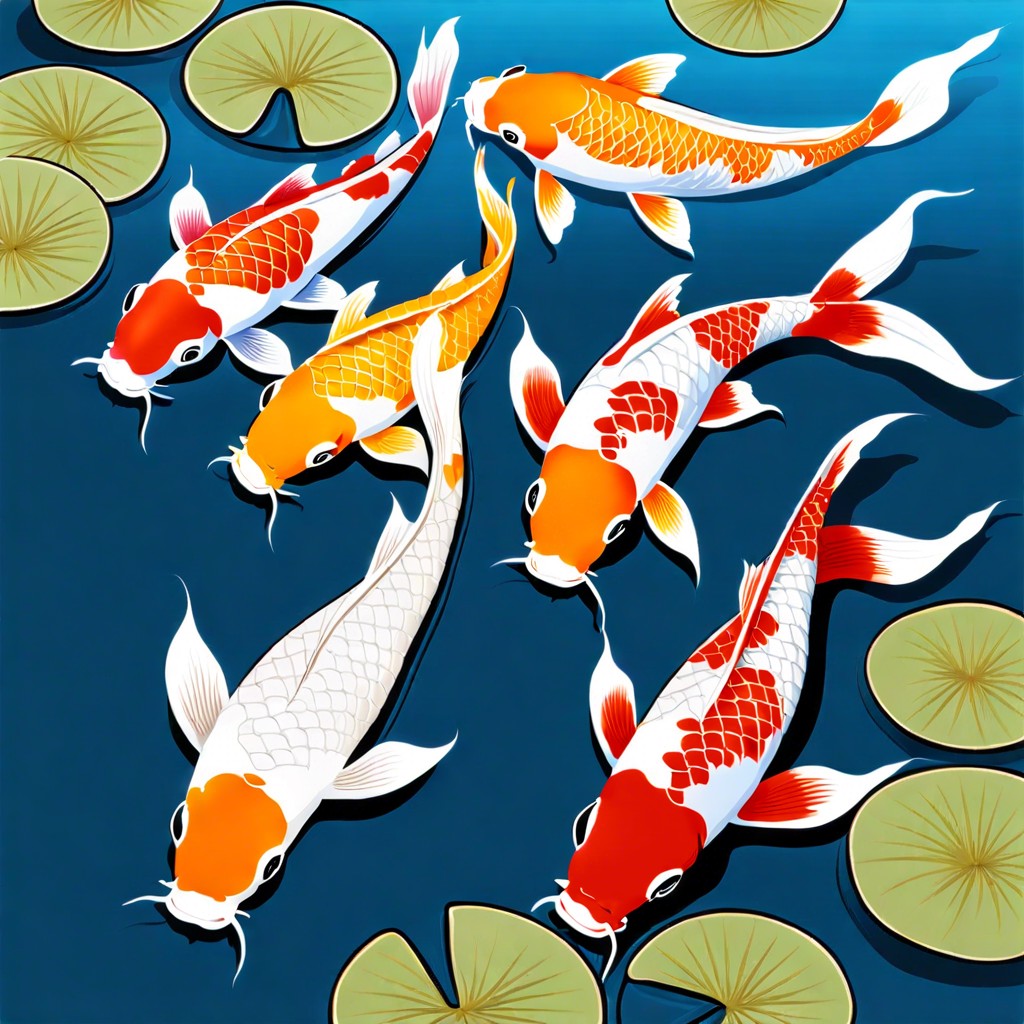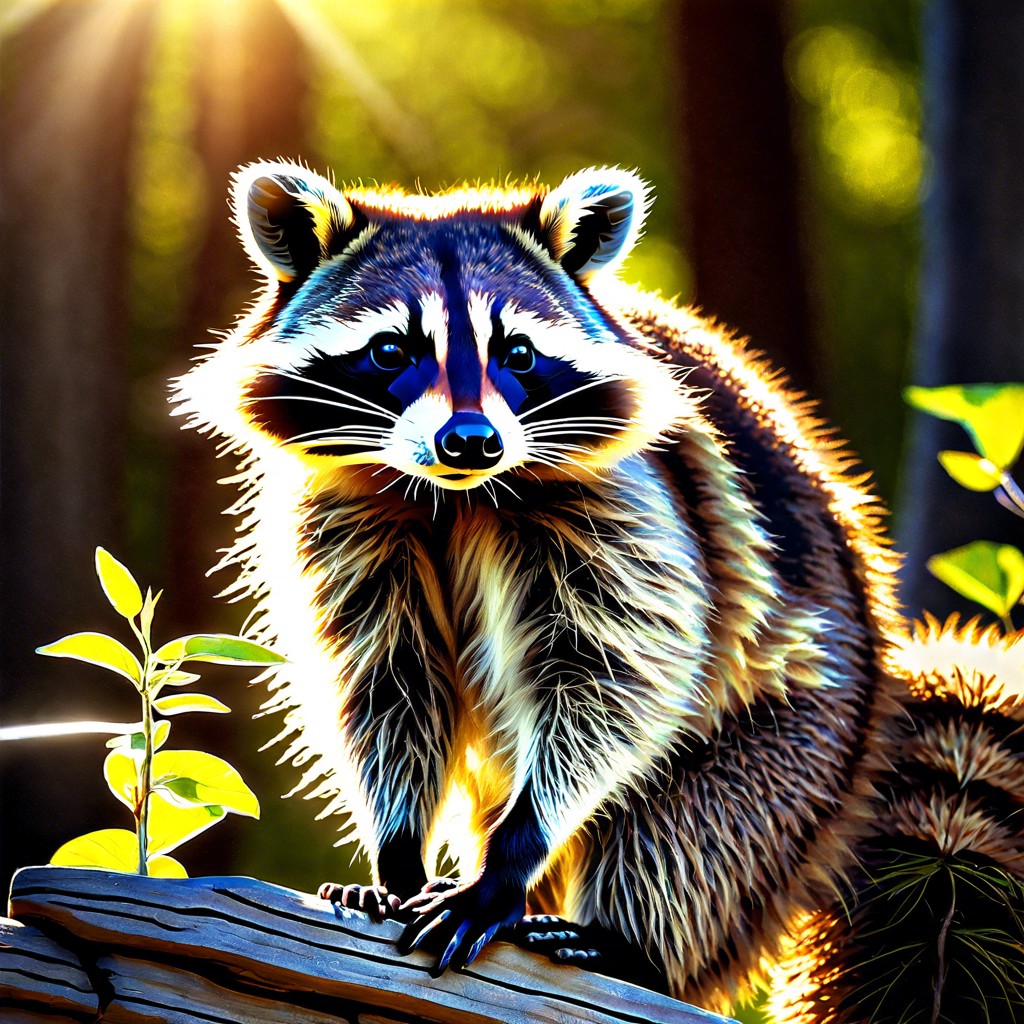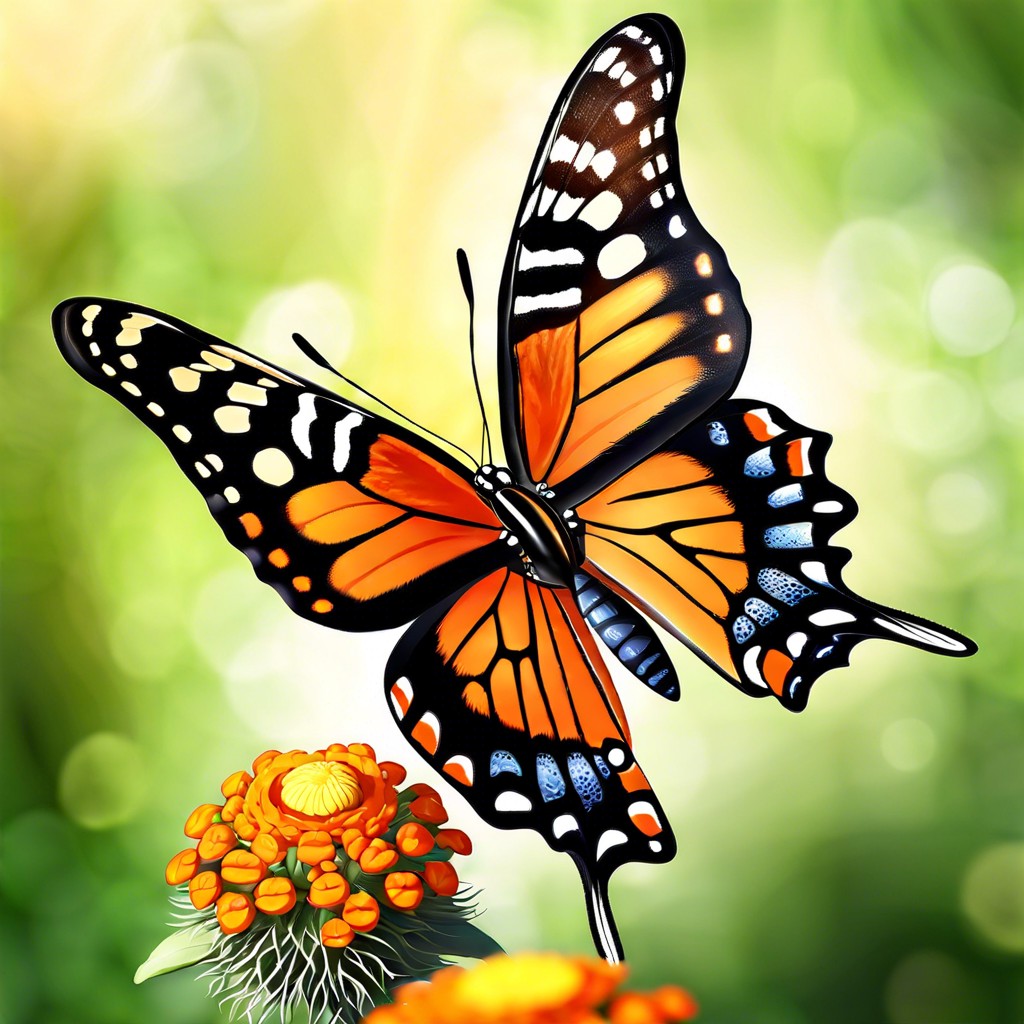In this article, you will uncover the spiritual meaning and symbolism of storks in various cultures and traditions.
The stork, a bird symbolizing far more than just its elegant flight, carries deep spiritual meanings that can enrich your understanding of life’s profound moments. Representing new beginnings, family, fertility, good fortune, and transformation, these majestic messengers bridge realms and bring auspicious energy. Dive in to uncover these rich symbols and see how the stork can inspire growth and harmony in your journey.
Key takeaways:
- Storks symbolize new beginnings and fresh starts.
- They represent family bonds and fertility.
- Seen as harbingers of good fortune and luck.
- Act as messengers connecting earthly and spiritual realms.
- Embody transformation, adaptability, and renewal in life.
Symbols of New Beginnings

Storks are often associated with fresh starts and new journeys. Their migration patterns symbolize these themes, as they travel long distances to find a suitable environment.
These birds build their nests in high places, signifying a lofty perspective on life’s beginnings. This act of nesting high can be seen as a metaphor for setting high aspirations when starting something new.
Moreover, storks are known for their patience and dedication, waiting for the perfect time to lay their eggs. This emphasizes the importance of timing and preparation when embarking on new endeavors.
The stork’s graceful flight and powerful wings also remind us to approach new phases of life with both elegance and strength.
Family and Fertility Associations
Storks are often seen as emblems of family bonds. The image of a stork delivering a baby is widely recognized and cherished. According to folklore, storks are deeply connected to the idea of childbirth and nurturing.
In many cultures, storks are symbols of parental duty and love. These birds are known for their dedication to their nests and the care they provide to their young, mirroring the ideal human family dynamics.
Their migratory nature can also symbolize the joining of two homes or families. When storks return to their nests, it signifies a reunion and strengthening of family ties.
Fertility is another significant association. Storks are believed to bring blessings of fertility and renewal. They inspire hope in those looking to start or expand their families.
Their graceful movements and tall, elegant stature further cement their role as harbingers of a prosperous family life. These traits make storks powerful totems for those seeking to enhance familial harmony and growth.
Harbingers of Good Fortune
Storks have long been seen as bringers of good fortune. Different cultures view their appearance as a positive omen.
For instance, in many European traditions, storks nesting on rooftops are believed to bring luck and protection to the household. This connection extends to the idea of storks ensuring prosperity and health for the family within.
In Asian cultures, the stork is also revered. The bird’s grace and persistence symbolize enduring happiness and continuous good luck. Its presence is a sign of auspicious events and favorable outcomes to come.
These associations make the stork a powerful emblem of positivity and hopeful futures, reinforcing its role as a cherished figure across various traditions.
Messengers Between Worlds
Storks often appear as symbols connecting the earthly realm with the spiritual. This association stems from their migratory patterns, symbolizing a bridge between different worlds.
In various myths, storks are seen as messengers from the divine, bringing important news or representing the arrival of souls. In some cultures, they were believed to escort souls to the afterlife, reinforcing their role as intermediaries.
Their long legs and graceful flight add an air of mystique, as if they easily traverse both physical and ethereal worlds. This characteristic makes them potent symbols of communication and transition in spiritual practices.
Transformation and Adaptation
Storks are renowned for their extraordinary migratory patterns, symbolizing transformation. They travel great distances across continents, adapting to different climates and environments. This mirrors our own journeys through life’s changes, encouraging flexibility and resilience.
They often inhabit wetlands and thrive in close proximity to humans, showcasing their ability to adapt to diverse circumstances. This adaptability can inspire us to thrive amid life’s unpredictability.
Their nests, often reused and rebuilt each year, symbolize renewal. This cycle reminds us of the importance of embracing new beginnings while valuing and building upon past experiences.
In various cultures, the stork’s return after winter is a sign of spring and renewal. This links them to the cyclical nature of life, reinforcing the concept of continual growth and transformation.





